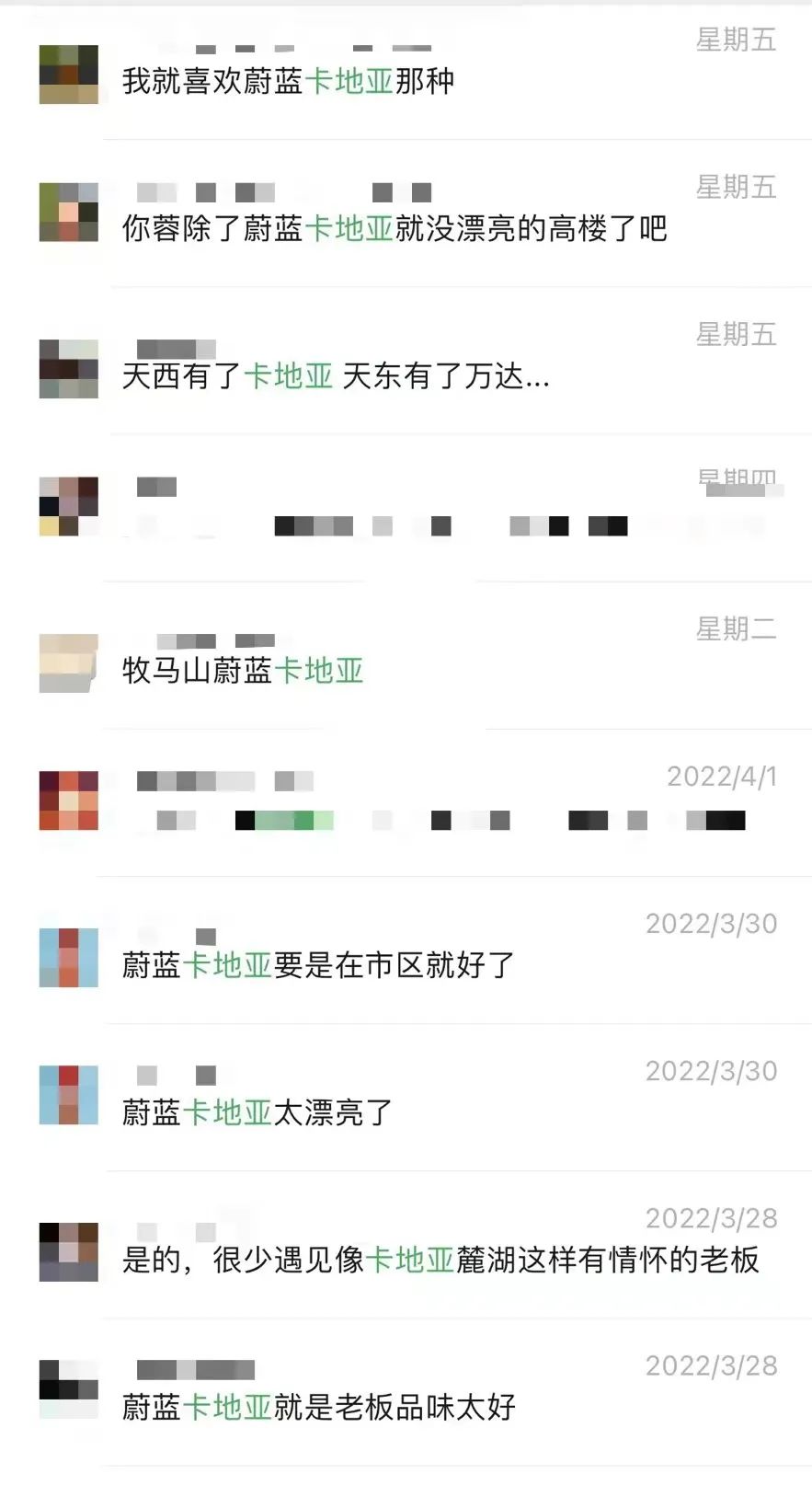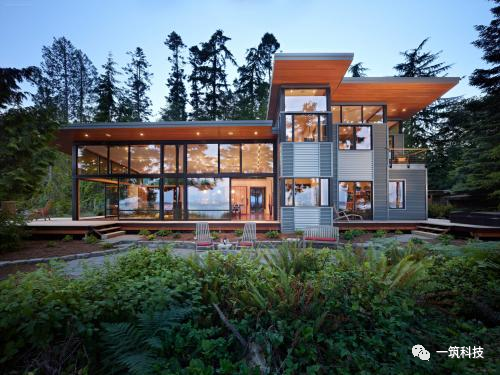Qibao shadow play art museum is a comprehensive art museum integrating the exhibition, production, performance, research and collection of Qibao shadow play art.
It integrates local folk drama, folk art, folk crafts, folk music and local dialect, with distinctive traditional color and unique artistic style.
There are not only traditional handmade delicacies, but also profound historical details.
Address: No.
Through rich cultural relics, documents and modern multimedia display means, it vividly and comprehensively shows the regional historical development context and splendid national musical instrument culture in the territory of Minhang District.
In 2000, adhering to the principle of “repairing the old as the old and preserving its truth”, Qibao old street was protected, repaired, developed and utilized.
During the Five Dynasties, lubaoyuan was renamed Qibao temple.
1538 Xinzhen road opening hours: 10:00-16:30 Tuesday to Sunday admission: free Caobao Road No.
At the end of the Tang Dynasty, lubaoyuan moved to the Bank of Wusong River.
“Houshuige” is a common name for folk houses built near the river, also known as “Diaojiaolou”.
Shops are opened along the street.
Qibao old street is built as old as before to keep its true.
In March 2021, Shanghai Municipal Bureau of culture and tourism announced the list of the first batch of revolutionary cultural relics in Shanghai, and the blockhouse of No.
7 bridge on Caobao road was listed as immovable revolutionary cultural relics..
The houses along Puhuitang and henglijing are facing the street in front of the door, the back porch is suspended on the beach, and there are stone steps directly to the water surface.
The white wall, cyan gray roof tiles, black gate and brown wood make the building elegant and bright.
The purlin wood has two methods: exposed gable and closed gable.
Qibao traditional residential building is a unique traditional residential building.
In its early years, Qibao old street was narrow and long, paved with slats, stones and bricks.
Puhuitang bridge, the clock in point of Qibao old street, is a three hole arch bridge.
Qibao old street is a millennium ancient town named after the temple.
Qibao temple was built in the Late Jin Dynasty of the Five Dynasties and Ten Kingdoms.
This huge three-story bunker was built on the eve of the war of liberation and witnessed the history of Shanghai’s liberation.
It is an important cotton textile distribution center in the south of the Yangtze River.
Its original site is located at the foot of Lubao mountain in Songjiang.
Qibao shadow play has a history of more than 100 years.
When you wander in the street, you might as well stop and pay attention to the buildings in the streets and the stone bridges along the river to feel the style of the old buildings.
Address: No.
Connected with the north and South streets are one alley after another, which is locally called “alley”.
Combined with historical documents, the Cotton Textile Museum focuses on the development history of Qibao cotton textile industry from a new perspective by means of physical objects, images and graphics, and completely shows the planting technology and textile technology of cotton textile industry.
It has a regular shape, square and symmetrical, and is a chessboard.
North South Street is the central axis of Qibao old street.
Historically, houses built near the river were often arranged in front of the street and behind the river or in front of the shop and behind the workshop according to the twists and turns of the waterway, and the depth of the houses was different.
The eaves of buildings on both sides attracted each other, and the doors and windows across the street were close at hand.
The building structure is mostly brick wood structure, which adopts the through bucket light structure.
95, Beixi street opening hours: 9:00-17:00 admission: 5 yuan Cotton Textile Museum during the Ming and Qing Dynasties, Qibao became prosperous due to the development of cotton textile industry.
The names and interesting places of those alleys wear the contents.
It has been prosperous for thousands of years.
Qibao old street is located in the core area of Qibao town, Minhang District.
A shed is built on the rear bridge to shade from the rain and form a bridgehead market.
It was originally called lubaoyuan, also known as Fushou nunnery.
Later, due to the damage of the temple foundation and the diversion of Wusong River by the tide of Wusong River, Qibao temple was relocated three times.
From the perspective of single building, the large roof of double slope Daiwa is mainly used, and the storey height is generally no more than two floors.
In 1008, the site was named “Qibao” because of the temple, and Qibao town came into being.
Qibao old street is a three-dimensional historical picture.
It is a major school of shadow play in Jiangnan.
In this repair, the ceiling was removed, carved railings were re installed, and two pairs of couplets were engraved on the couplet stone on the side of the bridge.
Puhuitang bridge was built in 1518 after raising funds, and has been rebuilt many times.
The total length is 31.05m, with 22 stone steps in the South and 23 stone steps in the north of the bridge deck; On both sides of the bridge, the name of the bridge is “Puhuitang bridge” in Yangwen regular script.
Puhuitang bridge is well preserved today.
7 bridge blockhouse is located in Minhang Cultural Park.
A pattern of shops in front and houses in back, shops in front and houses in back, houses in upper houses and shops in lower stores has been formed.
41 North Street opening hours: 9:30-17:30 admission: 5 yuan Qibao old street opening information opening hours: all day scenic spot admission: Qibao ancient town scenic spot is free, some scenic spots charge, punch in points around Qibao old street Minhang museum is located in the southwest corner of Minhang Cultural Park, with a construction area of more than 15000 square meters.
However, its overall combination form shows the rhythmic sense of connecting houses and houses with scattered heights, and the lines are soft and smooth.
The basic pattern of Qianmo Street Qibao area was formed in the Northern Song Dynasty.
North Street is about 300 steps long and South Street is about 200 steps long.
Address: No.
Among them, Puhuitang vertically intersects with north-south street, which is divided into north-south street and east-west lane, in a “non” shape as a whole.
Qibao town, a millennium ancient town named after the temple, is named after the Qibao temple.
The color of the building facade generally uses the natural primary color, mainly light color.
In the whole repair process, the buildings in Nanbei Street are mainly renovated and repaired, and the architectural forms retain the original residential forms.
The roof forms are mainly hanging mountains and hard mountains, and a harmonious and changeable group image is combined through the relationship between back and forth retreat and scattered height.
Compared with the reconstruction of Qibao old street before and after the reconstruction of North Street, Tangqiao was also comprehensively repaired.
Qibao old street was built in the early Ming Dynasty.
The alley was just a crack between high walls.
The main body is granite and runs north-south across Puhuitang.
The architectural form of “houshuige” adapts measures to local conditions, flexibly arranges houses and makes full use of space.
In the early Song Dynasty, Qibao Temple selected the north of Puhuitang and the west of Hengli port as its new sites for reconstruction.
There are three permanent exhibition halls: Shanghai county 700 year exhibition, Maqiao culture exhibition and Chinese national musical instrument culture exhibition.



